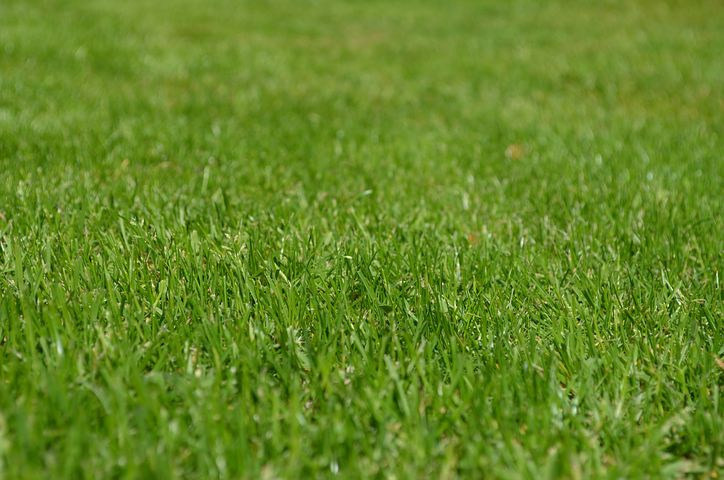Your lawn needs to breathe. Every time you step on your lawn, mow your grass, or allow your children to play in the yard, your lawn soil becomes a little more compacted. Minimal use usually isn’t a significant problem. Seasonal freezing and thawing can help keep your soil loose, as well as the occasional earthworm working his way through your lawn. For most homeowners, though, annual or bi-annual lawn aeration is important to keep a lawn healthy and disease-free.
Your lawn needs loose soil for several reasons. Vital nutrients, water, fertilizer, and pesticides will more easily move into loose soil. Plus, grass roots will more easily extend into the soil to extract these nutrients. An aerated lawn will also promote a healthy population of microorganisms that breakdown lawn thatch. Left unchecked, a spongy layer of thatch can block water and nutrients from reaching your lawn and will leave it more susceptible to disease.
Aerating Your Lawn
So how does it work? A lawn aerator removes soil plugs from your lawn allowing compacted soil to expand into the empty spaces as the grass grows. A typical pattern involves removing 1/2 inch diameter plugs every 2-6 inches across your lawn. A good sized plug is 1-6 inches long. The dimensions of aeration plugs depend mostly on the type of soil you have and how compacted it has become.
Hand aerators are available, but unless you’re a glutton for punishment, it’s best to rent a machine or talk to a lawn service company. Plan ahead. There’s an aerating season, and you won’t be the only one requesting this service. To reduce the cost of the rental, you should ask around your neighborhood and see if you can get a small group to go into together for an aerating machine.
Make sure the machine you choose will actually remove the soil plug. Some aerators simply push the soil down to create the space. These aerators are less effective and can contribute to soil compaction.
When and How Often?
This depends on the type of grass and the type of soil you have for your lawn. You should aerate your lawn just before its active growing season. You’ll need to identify your grass species. Warm season grasses begin their growing period at the beginning of the summer. Cool season grasses begin their growing period at the end of the summer. A quick call to a local lawn service company can usually get you this information.
If your lawn is clay based, you should ideally aerate your lawn twice a year. Sand-based lawns can typically get by with annual lawn aeration. This is only a guideline and will be influenced by how much you use your lawn. If you’re uncertain, you can pull out a small section of your lawn at least six inches deep and see how far the grass roots extend. If the roots only go down an inch or two, it’s probably a good idea to aerate.
source: Home Advisor

